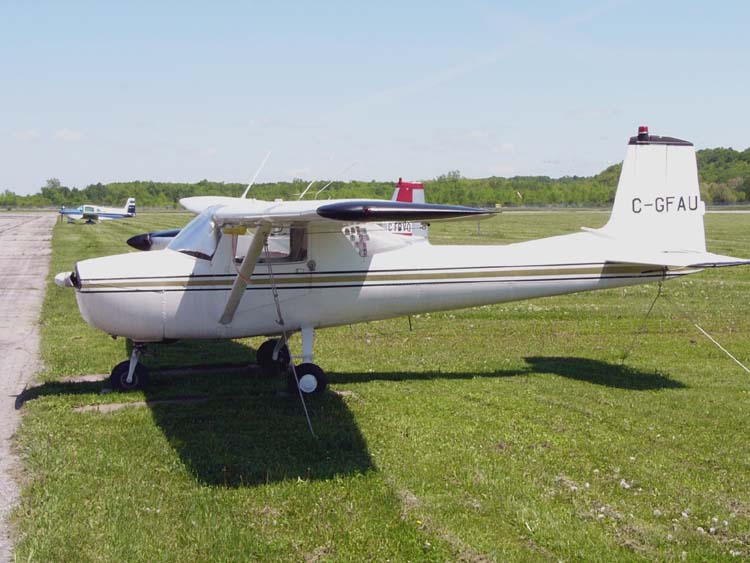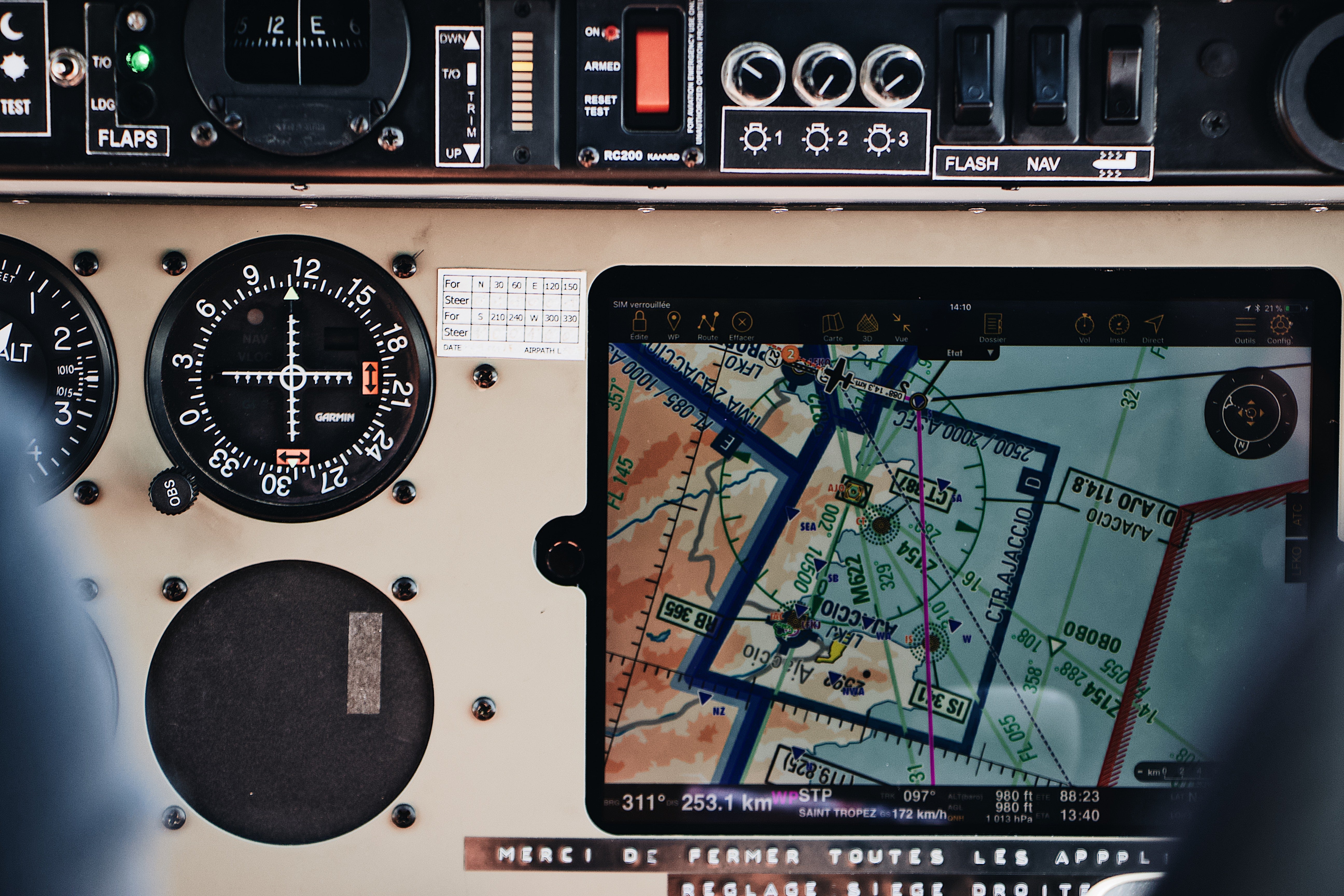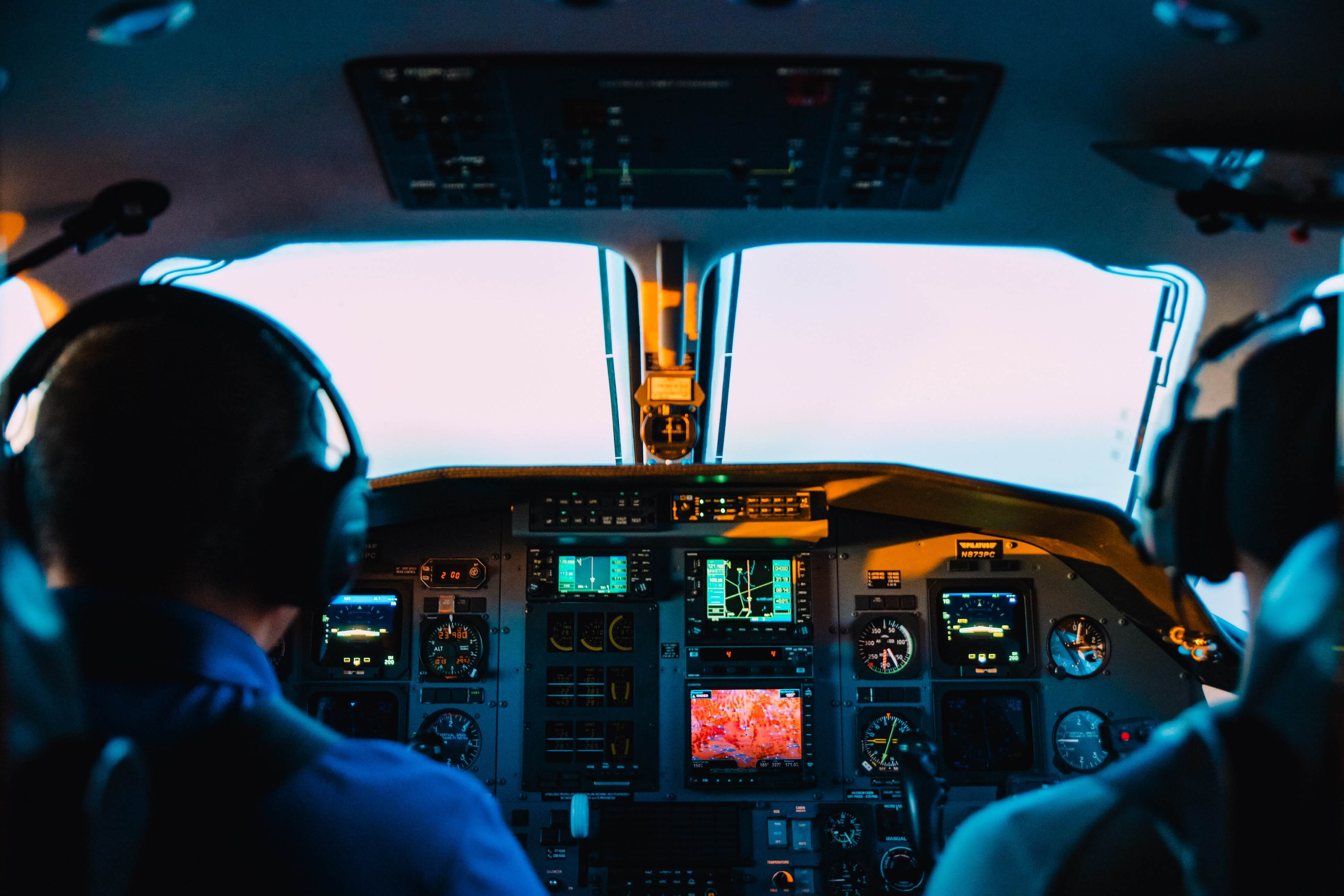About 20 years ago, I was a CFI and Charter Pilot working for Long Beach Flying Club, a flight school based at Long Beach Airport, KLGB, in southern California. I was flying one of the schools Cessna 150’s on scheduled FAR 135 cargo run, from San Diego’s Montgomery Field, KMYF, to Van Nuys Airport, KVNY. The flight time for that is just about 1 ½ hours. We were probably the only FAR 135 (for hire) certificate holder in the US that had Cessna 150’s in our charter fleet. We had a contract with a laboratory to fly drug and urine test samples that were being transported to check for pre-employment drug use.
On this particular morning, I was overflying KLAX, yes, that’s right, Los Angeles International Airport, en route to KVNY, when the cheap TKM NAV/COM LCD radio displays suddenly went dark! Yes, DARK! Nothing was showing!?! Talk about a surprise! I had little time to react, besides muttering oh !@#$ to myself.Instead, I had to fly the airplane! SoCal Approach, the radar facility that is located in Mira Mar, north of San Diego, controls this airspace, and it generally considered to be the busiest airspace in the world. Busier even than the airspace in the New York City metro area, where JFK, EWR and LGA are located.
SoCal approach had just given me a climb, a turn, and a frequency change, when the Nav and Com displays both went dark! The irony. Why couldn’t’ this have happened in a remote area, like maybe near Blythe, CA? Just my luck. So, I promptly added power and started my climbing turn to the newly assigned heading, and once on the new heading, I turned around and tried frantically to find my handheld nav/com that I had purchased just in case something like this ever happened. It was behind the seats.
And of course, this being a Cessna 150, there was no auto pilot. I was hand-flying. After finding my hand-held radio, I managed, while flying the airplane, getting it trimmed so I could plug in my handheld, and continue flying. I did not even have time to squawk 7-6-0-0 in the transponder, which is the required code for a lost comm.
When I was finally able to establish communication with SoCal, I recall the first thing they told me was to not transmit, just listen only on the frequency. Ok. I do not recall the controller asking me to state my intentions, or anything like that. This went on for a few minutes. Flying an approach with only a hand-held radio for navigation would be a bit of a challenge. How to hold it so I could see the small nav signal display while flying?
Finally, after a few minutes of flying, and looking around and considering my options, I spotted a hole in the clouds ahead of me, in what appeared to be the San Fernando Valley, west of Van Nuys Airport. This was my lucky break.
If my memory serves correctly, I recall calling SoCal on my handheld and requesting a Visual approach, into VNY, and they cleared me for the Visual Approach! With this, I was able to descend visually through the hole in the clouds ahead and turn east and continue to VNY airport to land. I was able to establish communications with the VNY tower and get a landing clearance!
What a relief to be on the ground again, after that!! Once on the ground, I taxied in using my handheld for all ATC communications. After shutting down, I called Long Beach Flying Club, to talk with them about what had just happened, but the owner was not available to speak to me about this. I was quite IRATE!! She did not want to hear about it. Hmm. I did not like this!
And, to my surprise, after I had shut-down the engine, and turned off the avionics anyway, the NavCom’s cooled off enough so that they worked again! Yes, it turns out that they had overheated!! Who knew!?! I didn’t.
After unloading my small cargo, I waited for a while and was able to use the TKM NavCom radio again. So, I was able to fly back to Long Beach, using the NavCom, but kept my handheld NavCom nearby. Once back at Long Beach Flying Club, I tried to find the owner to talk about this, but she was not available.
I was quite upset with this. She knew. After speaking to the mechanic about this, it turns out that, unbeknownst to me, the air vents that supply cooling air to the TKM radios had become blocked, and they had simply overheated. Who knew? There is no way to check for this on pre-flight. It was just my unlucky day. Another lesson learned. And always carry a handheld with you! You never know when you might need it.
Fly safely!
John Mahany
ATP/CE-500, LR-JET
MCFI



